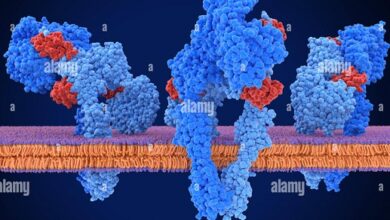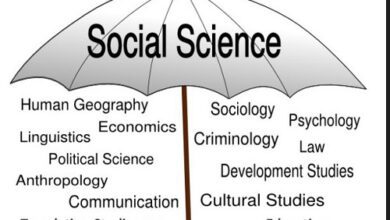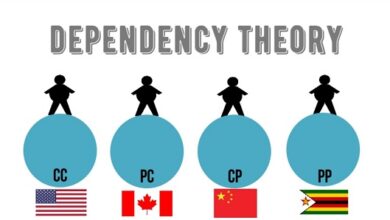Difference between air and wind Similarities and FAQs
Air and wind
In this article we will provide you the difference between air and wind, Similarities and FAQs.
what does air mean
Air is the set of gases that surrounds the Earth. It is composed mainly of oxygen (21%) and nitrogen (78%), as well as small amounts of carbon dioxide, water vapor, and other minor gases. In addition to dry air, there is also humid air or atmospheric humidity. Air plays a fundamental role in global climatic processes ; regulates the average global temperature and transports energy from warm to cold regions to promote balance between them. Air also acts as a medium to distribute nutrients, pollutants, and finely divided particles between different geographic locations . Finally, it would be unthinkable to live without it: we need to breathe it to obtain oxygen and there are even aquatic organisms that depend on it.air .
what does wind mean
The wind is the force that generates a movement of air, usually accompanied by a sound. Wind , also known as suspended airflow, is mainly caused by the difference in atmospheric pressure between two different places . These differences can be caused by the sun’s effect on the continents and oceans, hot and cold temperatures, turbulent and stationary air masses, among other factors. The most common types are solar wind , sea wind, the < strong > monsoon wind and the < strong > convective wind . The speed of the wind depends a lot on its direction, as well as the terrain over which it blows. In general, when there is good visibility, the upper winds reach greater intensity than the lower ones.
Similarities Between Air and Wind
the air and the windThey are two related phenomena. Both refer to the presence of moving particles that travel through space or Earth’s atmosphere. Air is a gaseous mixture made up mainly of nitrogen, oxygen, and carbon dioxide, while wind is simply a constant flow of air. These different forms of energy are intimately interconnected as wind can only exist when there is air to move it. In addition, both have important effects on our environment: they influence common weather patterns, such as severe storms and prolonged droughts; directly on the plants by providing them with vital water; and indirectly help regulate global temperature through the evaporation of water and its transportation from one place to another.
Differences between air and wind
Air is a mixture of gases that makes up the Earth’s atmosphere. It is composed mainly of nitrogen and oxygen, although it also contains other variable amounts of water vapor, carbon dioxide, and other gases. The air , in addition to being the medium in which we breathe to obtain oxygen, maintains the climatic and meteorological balances of the planet. On the other hand, the windIt is a massive horizontal movement of air caused by differences in pressures located within the atmosphere. These differences are mainly due to the heat movement of the sun over the earth’s surface and the circular ocean currents known as global vortices. Thus, we can say that the wind is nothing more than a constant and incessant flow of air generated by these differences in atmospheric pressures.
Frequent questions about air and wind
What is air and what is its composition?
Air is the gaseous mixture that makes up the Earth’s atmosphere. It is composed mainly of nitrogen (78.09%) and oxygen (20.95%), with small amounts of other gases such as carbon dioxide, water vapor, and argon gas.
What are the gases that make up air?
The gases that make up the air are nitrogen (78%), oxygen (21%), carbon dioxide (0.04%) and other trace gases such as neon, hydrogen, helium and methane.
What is summary wind?
Summary Wind is a reading strategy in which the reader identifies the main points and key concepts in a text to create a brief summary. This strategy helps readers better understand the content of the text by focusing on the most important ideas.
What is wind and how is it produced?
Wind is the movement of air that occurs when a mass of warmer, less dense air displaces cooler, denser air. This occurs due to the heat principle, in which heat from the sun causes different temperatures between two places with different altitudes. The warm air expands, resulting in an upward flow. This creates low pressures in the upper levels, which causes a downward flow of winds to compensate for the low pressure.
What is wind in weather?
Wind is a form of air movement, generated by inequalities in atmospheric pressures. The movement caused by the wind can influence various climatic factors such as temperature, humidity and the amount of precipitation.
What are the different types of winds?
The different types of winds are: 1. Warm wind: a current of air moving towards the earth from warmer regions. 2. Cold wind: a current of air that comes from colder regions and moves towards the ground. 3. East wind or levante: a gust of wind coming from the east, generally with variable strength between light and moderate, but can be much more intense when they come from the Mediterranean Sea or Central Asia. 4. Trade Winds: Trade winds are steady, regular, dry breezes characterized by blowing in directions consistent with the Earth’s rotation (north to south in the northern and southern hemispheres). 5.Jetstream:




